Star Dancers
Star Dancers is a project by Californian artist
Daniel Oberti, and
Swedish astronomer
Maria Sundin.
Star Dancers - a project combining cutting edge research in astrophysics
with the ancient art of ceramics. Our work illustrates the important and
essential relationship between art and science. The science provides facts
and principals that help our intellect grasp the physical nature and
complexity of things, while visual art that deals with these subjects provides
interpretation and inspiration leading toward a deeper aesthetic, spiritual,
and metaphysical understanding.
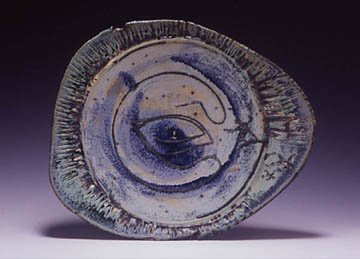
One of the first Star Dancers platters produced was this blue/green
ceramic platter showing the dance of a star in a barred spiral
galaxy. What we call the dance of the star is the computer simulated orbit of
a star.
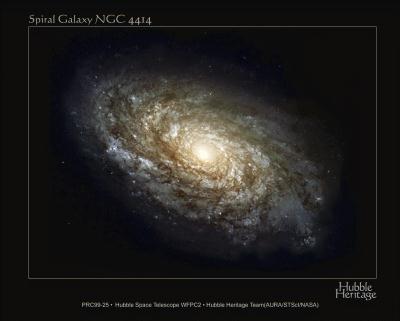
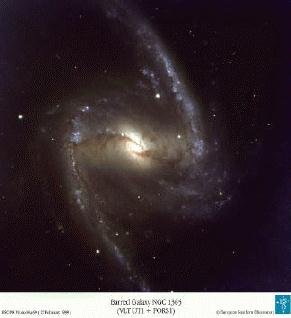
A galaxy is a huge collection of some hundred billion stars,
and a typical disk shaped galaxy has a diameter of 100 000 light years.
The difference between a normal spiral galaxy (above, left) and a barred spiral
galaxy (above, right) is that the barred galaxy has a bar shaped centre.
Research on galaxies can be done through observations and computer
simulations. A galaxy evolves on time scales of hundreds of million
years. These very long time scales can be studied in animations based
on the computer simulations.
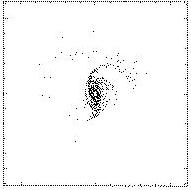
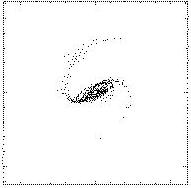
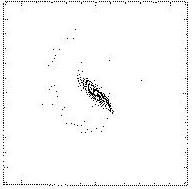
Above are some time frames from a computer simulation of a barred
galaxy. Some 50 million years pass between each frame! Compare the
bar shaped centre with the picture of a real galaxy above, right.
A bar is built by stars moving on a number of intricate orbits. When
Daniel Oberti saw these, he exclaimed "These are like dancing stars!
Star Dancers!" In the scientific figures, he discovered beauty and
our project was born. Not many people are aware of the fascinating
orbits that stars can follow.
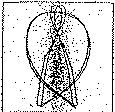
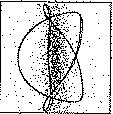
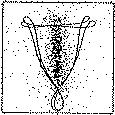

Did you know that stars can move like this? (picture above)
The reason for the complicated movements of the stars is that the
stars move in a curved space. Einstein told us that gravity curves
space, and the mass distribution in a barred galaxy causes space
to have a complicated curvature.
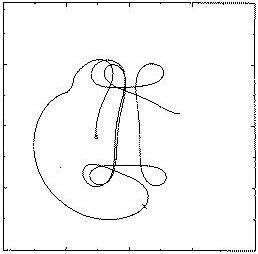

After a vast amount of email conversation, Daniel started sketching
the computer simulated orbits on large ceramic platters. He added
small figures, the true star dancers, who appear on all platters.
The star dancers give a sense of motion and a human connection
to the universe and the science.
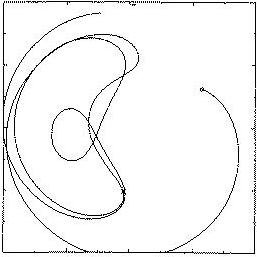
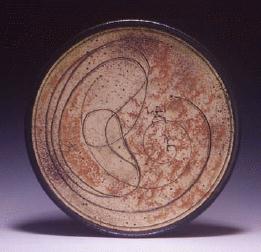
Early in year 2000, the first coloured Star Dancer platters were
finished.
Above (left) we see the computer simulated orbit of a star. This
picture exists in scientific peer reviewed papers. Above (right)
we see one of the Star Dancers platters showing the same orbit.
What a different way to present science to the public!



Some Star Dancer platters from 2001. Daniel Oberti started to
experiment with colours, shapes and the dancers became elaborate.
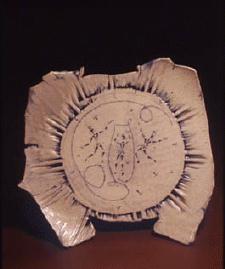
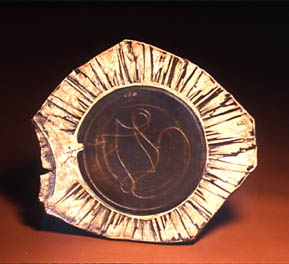
The star dancer figures grew in size on the platters.
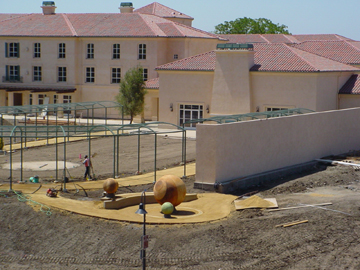

Above is a recent Public Art commission by Daniel Oberti, and
a close up showing a Star Dancer. The collaboration with a scientist
has been of great value and added depth and scope to Daniel's artistic
career and to the content of his art. The Star Dancer has
grown in scope and importance in every aspect of his new and current work.
Maria Sundin has used the Star dancers project in a large number
of public talks, and they have appeared in several articles in
daily newspapers and magazines. Science and art in collaboration!
Updated June 28, 2002
Back to the main page.
Maria Sundin, email: tfams@fy.chalmers.se





















